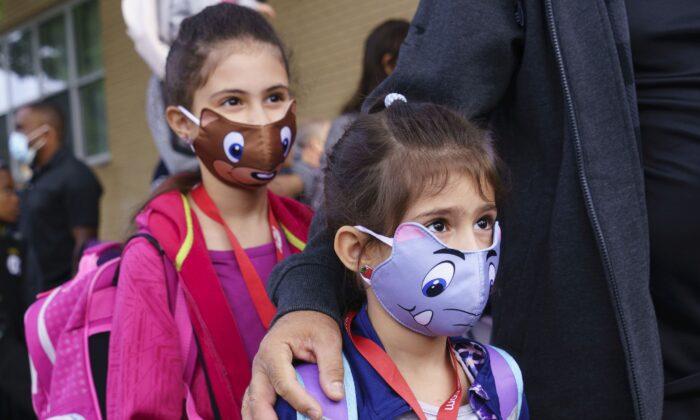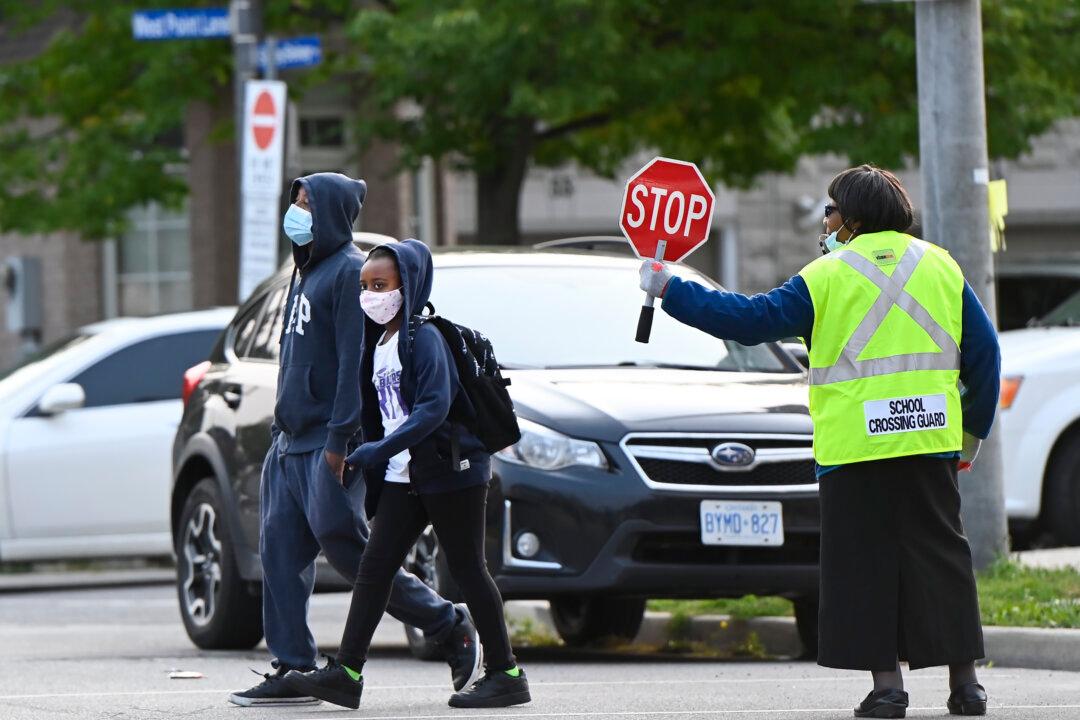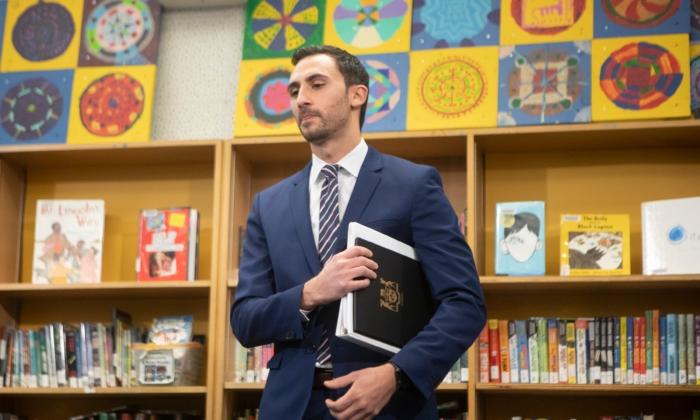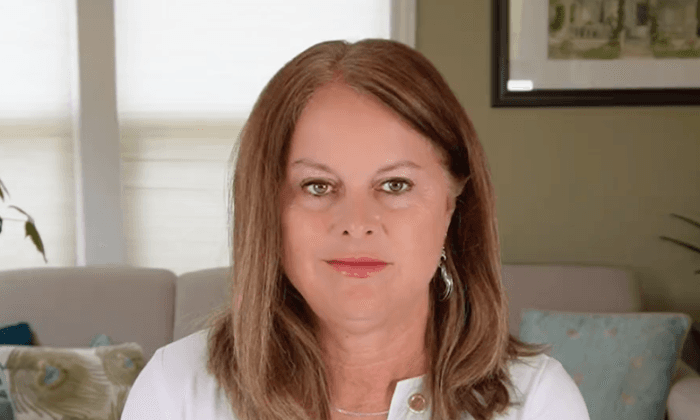Students are back in school all across Canada. While some parents are homeschooling their children or having them enrolled in online learning alternatives, the vast majority of students are attending in-person classes.
Obviously, things are not back to normal. COVID-19 continues to spread across the country, particularly in the largest provinces. To slow the spread of the virus, health officials have mandated strict protocols for teachers and students. These include such policies as staggered lunch/recess breaks, designated cohorts of students, desks spaced far apart, and stopping most visitors from entering schools.
To be clear, these measures will not keep COVID-19 out of schools. There have already been dozens of schools where students or teachers have tested positive since the beginning of the school year. In some cases, entire schools have been shut down, while in others, selected grades or cohorts have had to self-isolate.
COVID-19 is a reality and will likely be here for some time, and schools are not immune to the spread of the virus.
In August, many teachers’ unions and a number of organized parent groups raised concerns about provincial plans to reopen schools. They argued that in-person classes posed an unacceptable risk for both teachers and students. Predictably, teachers’ unions called for provincial governments to hire thousands of additional teachers in order to reduce class sizes. So far, no provincial government, regardless of political stripe, has given in to this union demand.
It’s not hard to see why.
Not only would reducing class sizes cost billions of dollars—money that provinces don’t have—this is an ongoing demand made by teachers’ unions regardless of political, economic, or health circumstances. In other words, there’s nothing new about the demand for smaller classes.
But now that school has started, it’s time for the unions to put aside their unrealistic demands and cooperate with provincial governments and school boards in the best interest of students. No one benefits when the unions continue to sell the narrative that schools are fundamentally unsafe during the COVID-19 pandemic.
As an example of the lack of cooperation, the British Columbia Teachers’ Federation (BCTF) filed a formal complaint with the B.C. Labour Relations Board alleging unsafe working conditions due to the risk of catching COVID-19. Ironically, B.C. has an NDP government with close ties to the BCTF. The fact that even an NDP government cannot please the teachers’ unions tells us everything we need to know about the unreasonableness of many of their demands.
The relationship between the teachers’ unions and government is even worse in Ontario. The Elementary Teachers’ Federation of Ontario and the Ontario Secondary School Teachers’ Federation have embarked on a concerted public relations war against the Ontario government. Not only have they accused the province of failing to develop a proper back-to-school plan, they claim that student safety is jeopardized. Parents are no doubt being affected by this rhetoric.
This negative message coming from teachers’ unions across the country is, indeed, unfortunate. It’s one thing to raise concerns about the back-to-school plans prior to the beginning of the school year, but sowing doubt about school safety once the school year has begun is much worse.
The fact is that students are back in school and teachers need to make things work. Since COVID-19 is almost certainly going to be around for at least another year, we must take a long-term perspective.
It’s important to remember that there is no such thing as a risk-free learning environment. Risk is a natural part of life, and it is something that schools need to help students learn. Simply getting into a car and driving to school carries with it the risk of being killed in a car accident. In addition, every time a class goes on a field trip, parents are asked to fill out a permission slip indicating that they understand the inherent risks involved in travelling to an off-school site.
Clearly, most parents are willing to accept a reasonable level of risk for their children at school. Unfortunately, teachers’ unions are trying to make parents more concerned than they ought to be.
Shutting down schools again is not an acceptable option. Kids need to be back in school with their teachers and their peers. Parents also need to be free to go work. The damage from an extended lockdown would almost certainly be greater than the harm caused by the virus itself. In fact, recent evidence suggests that there was an increase in domestic abuse during the lockdown in the spring. So, for many reasons, we need to do whatever we can to keep schools open.
Instead of spreading fear, teachers’ unions should encourage their members to work within the existing regulations and make this school year as productive as possible. There is nothing to be gained from scaring parents and making students feel unsafe at school.






Friends Read Free